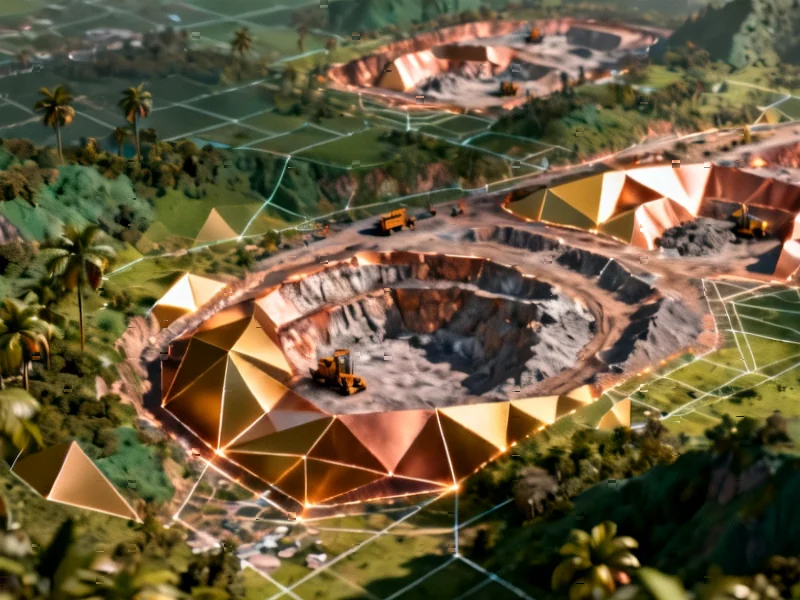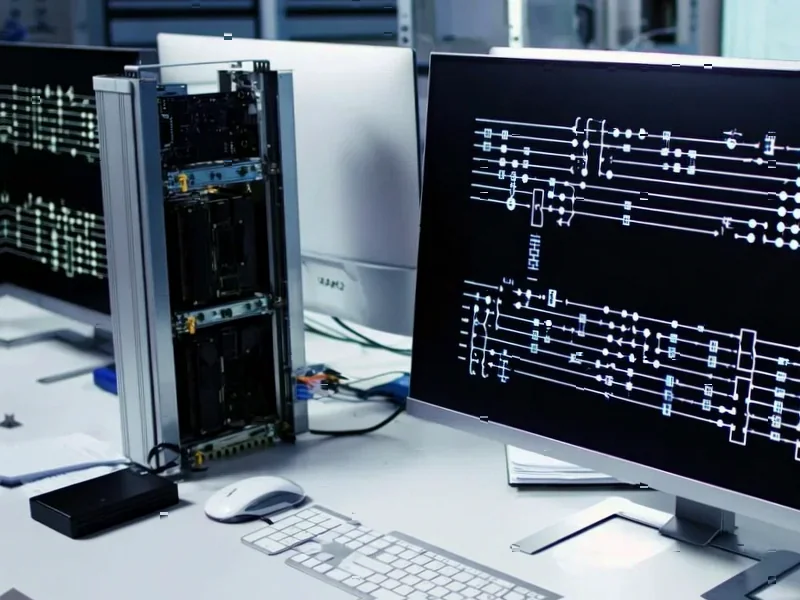According to Techmeme, OpenAI has secured an unprecedented series of partnerships and investments totaling over $800 billion, including a $500 billion Stargate deal, $100 billion agreements with both Nvidia and AMD, and substantial partnerships with Amazon ($38B), Intel ($25B), TSMC ($20B), Microsoft ($13B), Oracle ($10B), and Broadcom (multi-billion). The company has also launched a browser to compete with Chrome, become the world’s most valuable private company, and is reportedly considering a $1 trillion IPO by 2027. This consolidation of resources and market position represents what industry observers are calling a generational technological revolution. These developments signal a fundamental shift in how AI dominance is being pursued.
The End of Traditional Tech Boundaries
What makes OpenAI’s trajectory particularly remarkable is how it’s rewriting the rules of technology industry structure. Traditionally, companies specialized in specific layers of the stack—hardware, infrastructure, software, or applications. OpenAI is executing what appears to be a comprehensive vertical integration strategy that spans from semiconductor manufacturing through TSMC partnerships to consumer-facing browser competition with Chrome. This approach, as some analysts have noted, challenges the conventional wisdom that no single company can dominate across so many technology domains simultaneously.
Unprecedented Capital Concentration
The scale of investment flowing into OpenAI represents a concentration of capital that has few historical precedents in technology. When you combine the reported $800+ billion in partnership commitments with a potential $1 trillion IPO valuation, you’re looking at capital deployment that exceeds the GDP of most countries. This level of resource allocation, as tracked by industry observers, suggests that major technology players see AI not as another incremental innovation but as an existential platform shift where being second-best could mean irrelevance. The risk, of course, is whether this capital concentration creates sustainable innovation or simply entrenches an early leader beyond challenge.
Winners and Losers in the New AI Economy
The ripple effects across the technology ecosystem are already becoming apparent. Traditional enterprise software companies that haven’t secured their AI positioning face potential obsolescence, while hardware manufacturers like Nvidia and AMD benefit from what amounts to guaranteed demand for years. However, as industry experts point out, the biggest impact may be on startups and smaller AI companies who now face competing with an entity that has essentially unlimited resources and partnerships across the entire technology stack. This could accelerate industry consolidation as smaller players seek shelter within larger organizations that can match OpenAI’s scale.
The Inevitable Regulatory Response
At these scales, regulatory scrutiny becomes inevitable. A $1 trillion private-turned-public company controlling both foundational AI models and consumer distribution channels through its browser initiative will attract attention from competition authorities globally. As regulatory experts have begun discussing, we’re likely to see renewed debates about whether AI constitutes an essential facility or natural monopoly that requires some form of oversight or access requirements. The timing is particularly sensitive given the broader political discussions around technology platform power and concentration.
The Sustainability Question
While the numbers are staggering, the fundamental business question remains whether this level of investment can generate proportional returns. As financial analysts have questioned, the path from current capabilities to $1 trillion in sustainable market value requires either massive new revenue streams or the displacement of entire existing industries. The browser initiative against Chrome suggests OpenAI understands it needs direct consumer touchpoints, but competing in mature markets against entrenched incumbents carries its own execution risks. The coming years will test whether this unprecedented capital deployment represents visionary foresight or potentially the largest speculative bubble in technology history.




